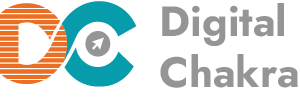Ecommerce SEO Case Study: 394.22% Revenue Growth Within 12 Months
eCommerce SEO Success Story: UK Furniture Retailer
Google search remains the dominant information source on the web, making SEO a valuable long-term marketing channel.
SEO is especially important for retail ecommerce businesses since the cost of acquiring customers via paid channels keeps going up, making it unsustainable and expensive.
This D2C ecommerce SEO case study is about a Bathroom Furniture Store, based in the West Midlands, United Kingdom.
The business has a massive online store, and operates one of the largest and oldest Factory Showrooms in the UK.
With established on-ground infrastructure and a long history in the industry, the Business have strong brand recognition across the UK.
D2C ecommerce SEO: The Challenge
During the initial consultation, we learnt that organic search was the largest sales acquisition channel for this business with up to 70% of revenue coming through Google search.
The client’s growth plateaued over several months due to declining rankings. This, in turn, impacted site visibility and online revenue.
The Company Management had a clear Focus: Improve website SEO to improve Google search rankings, attract relevant traffic, and ultimately grow the business with higher sales and conversions.
We worked through a rigorous optimisation process, seeing positive traction from our work within 3-4 months. More traffic and more conversions through SEO.
Below is a Google screenshot, showing the client’s Google Analytics graph, over time:
eCommerce SEO plan execution
Step 1: Client Interview & SEO Site Audit
We started by interviewing the client, understanding their business niche, target persona, and taking stock of all past SEO work.
Additionally, we conducted a comprehensive SEO audit to identify gaps and issues that the website was experiencing.

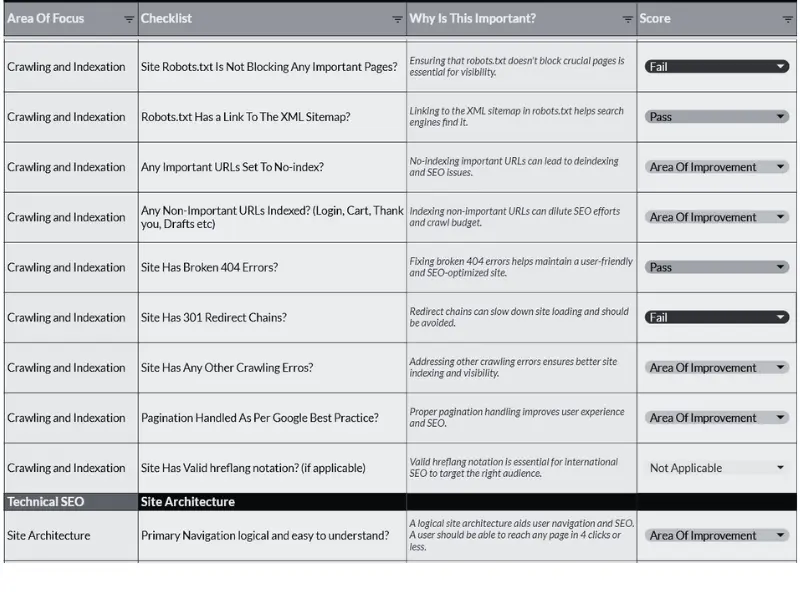
Some of the issues we found:
- Too long/short meta tags: Poorly optimised titles and meta-descriptions, lacking relevant keywords to improve click-through-rates.
- Mediocre site navigation: Navigation was not optimised to showcase the entire category range, leading to poor user experience and difficulty finding desired products
- Crawling/Indexation: Over 10,000+ crawl errors in Google Search Console were preventing pages from being indexed.
- Code bloat: We found several third-party scripts on the website that were impacting page load performance.
- Lack of trust signals: Insufficient trust signals throughout the website, especially on product pages and cart checkout.
- Low-quality site content: Many category pages had keyword-stuffed, low-value content on important category pages, negatively impacting user engagement.
- Poor internal linking: There were insufficient internal links with optimised anchor text, affecting site navigation and flow of link equity.
- Low-quality blog content: The blog suffered from high bounce rates, random topic coverage, thin content, failing to engage site visitors.
- Unoptimised images: Thousands of unoptimised images across the website were causing site performance issues.
- Missing schema markup: There was a complete lack of structured data markup across the website, limiting the client's visibility in rich search results.
- Spammy backlink profile: Hundreds of low quality backlinks from private blog networks (PBNs) and directories, putting the business in a risky position with the search engines.
Next, we conducted detailed keyword research to identify relevant high-volume and long-tail keywords that offered untapped Business Opportunities.
We also performed an SEO competitor analysis to understand the competitive landscape.
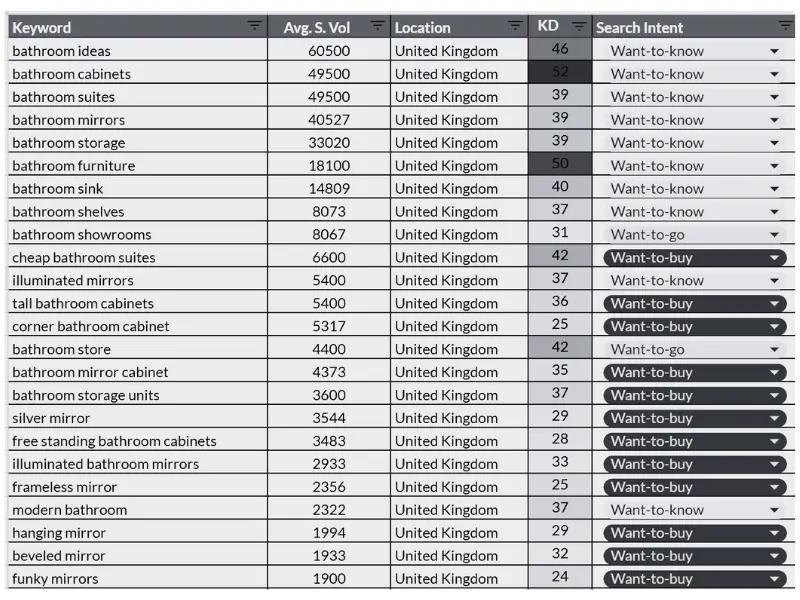
Step 2: SEO Action Plan Strategy
Based on insights gained from the Client interview, SEO Audit, Keyword Research and Competitor analysis, we formulated a prioritised 6-month SEO action plan.
This plan included the tasks to be completed based on the nature of the task (Coding/Editing/Redesigning/Researching), its scope on the website (page-level/site-wide), a priority matrix (high/medium/low) and task responsibility (our team/copywriter/developer/designer etc).
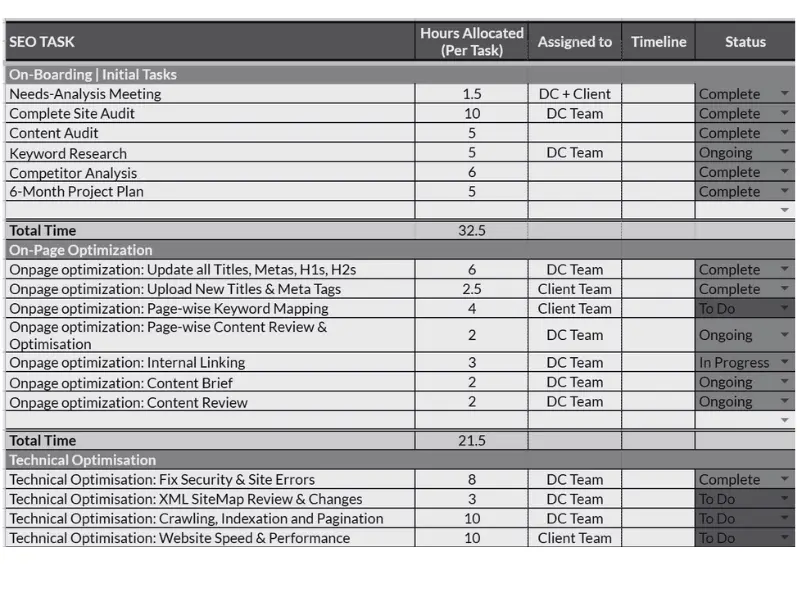
Step 3: SEO Plan Execution
As mentioned in the previous step, we started working on tasks based on a priority matrix:
On Page SEO Optimisation
- Meta Tag Optimisation: Optimised the Home page, website category and sub-category pages with relevant meta tags (titles, descriptions, header tags) to improve page relevance and search visibility.
- Content Optimisation: Improved page content for key category & sub-category pages, factoring for relevancy, content quality, and semantic search intent (the goal or purpose behind a search query).
- Crawling/Indexation: Over 10,000+ crawl errors in Google Search Console were preventing pages from being indexed.
- Code bloat: We found several third-party scripts on the website that were impacting page load performance.
- Internal Linking: Optimised the site's internal linking structure to improve content discoverability and distribute link authority.
Technical SEO Optimisation
Based on the technical audit, the areas we focused on included:
- Crawling/Indexation: Analysed Google Search Console data to identify and resolve crawling and indexation errors. This involved collaborating with client developers to fix underlying technical issues that impacted search engine visibility.
- Caching: Implemented browser caching to reduce server load and improve page load speed for returning visitors, enhancing overall website performance.
- Minification: Minified JavaScript and CSS files by removing unnecessary characters and whitespace, resulting in smaller file sizes and faster page loading times.
- Structured Data: Implemented schema markup to provide more context to search engines about page content, and deliver rich snippets to improve the click-through-rates (CTR).
Content Strategy Optimisation
Based on the content audit, keyword research, and competitive analysis, we prioritised the following:
- Developed a detailed monthly content calendar, aligning blog topics with relevant keywords and search intent to improve organic visibility.
- Created high-quality, informative blog posts addressing user pain points and answering industry-related questions to increase dwell time and user engagement.
- Analysed existing content and identified poorly written, underperforming articles with low clicks and high bounce rates (>90%). Improved this content by:
✓ Rewriting and improving thin content for better readability and engagement
✓ Consolidating related articles where relevant
✓ Removing random content with little value to the business or the site visitors.
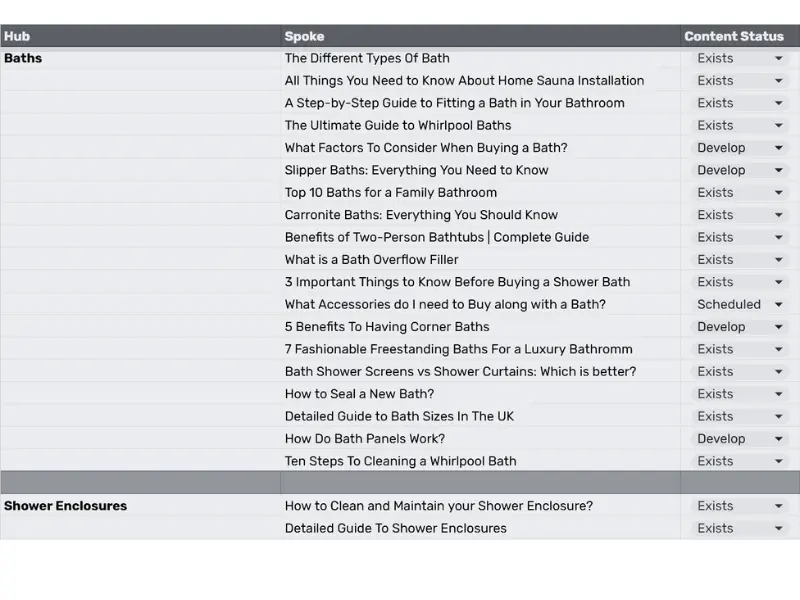
User Experience (UX) Optimisation
a. Website navigation optimisation
The original site navigation did not showcase the entire range of products, so we:
- Streamlined the existing Navigation Structure for better user experience, allowing site visitors to find what they were looking for, clearly, efficiently and quickly.
- Used a detailed keyword-mapping process, leveraging semantic information retrieval principles, long-tail keywords, and competitor analysis to design intuitive menus and product categories that aligned with user expectations and search patterns.
b. Website checkout optimisation
For visitors that came through to the website via organic and other channels, the Check-out process was one of the weakest links with an unusually high drop-off rate.
- The client website had gone through one iteration of check-out optimisation in the past, but there was still massive scope for improvement.
- We collaborated with the Client Development Team to streamline the checkout process, minimising friction and simplifying the user experience. This involved reducing unnecessary steps, clarifying form fields, adding trust signals and offering various payment options.
Local SEO Optimisation
- Worked on the client's Google Business Profile to feature it in Google's local map pack for hyper-local and navigational searches.
- To further boost local visibility, we reviewed the client's existing local citations, correcting inconsistencies in business name, address, and phone (NAP), and updated outdated listings on key directories.

Link building optimisation
- In order to improve Brand visibility and Ranking Signals through link building, we worked with multiple link-building industry partners. This involved securing relevant links on niche-specific sites to leverage the power of backlinks.
- We spent the least effort in acquiring backlinks. That's because our focus was to build a strong website with high-quality products, good content and a positive user experience – a site that naturally and organically attracted links over time.
Step 4: Measuring SEO Results
SEO is a long-term strategy that requires ongoing effort and optimisation. While less competitive, long-tail keywords may show faster results, ranking for high-volume, target keywords takes time and consistent strategy.
For this client, our SEO efforts yielded significant improvements across key performance indicators:
Ecommerce SEO Growth:
- 250% increase in annual revenue from organic search.
- Up to 450.17% increase in monthly revenue.
- 111.15% increase in annual revenue across all channels.
User Experience Engagement:
- 40.23% to 350.78% month-over-month growth in organic traffic.
- 71.27% annual increase in content page views, with monthly increases up to 245.31%.
- Up to 64.46% increase in time on page (approximately 4-6 minutes).
SEO Case Study Result Timelines
- SEO Impact: It took us approximately 3 months of consistent optimisation efforts to start seeing noticeable improvements in SEO rankings. This highlights the importance of patience and a long-term approach with SEO.
- Content Engagement & Further SEO Gains: After 6 months, we observed significant improvements in content engagement metrics and further SEO ranking advancements. This underscores the value of high-quality content and ongoing optimisation in achieving sustainable organic growth.
- UX Improvements: Within 3 weeks of implementing User experience changes, we saw increases in conversion rates and revenue. This demonstrates the significant impact of user experience on business outcomes.



Step 5: Ongoing SEO Optimisation For Growth
This SEO case study demonstrates the exponential growth that’s possible through well-implemented SEO and conversion optimisation efforts.
SEO is a team sport. Our hard work and strategy, combined with consistent teamwork and the implementation of SEO best practices is what fueled these exceptional results.
To maintain online visibility and performance amidst stiff online competition, google core updates, and the evolving search landscape with AI technologies, we prioritise ongoing SEO optimisation.
We, at Digital Chakra, continue to work with this D2C ecommerce client to further improve website profitability and revenue through ongoing SEO optimisation.
SEO Tools We Used In Achieving the Above SEO Results
- Google Search Console (Free)
- Google Analytics (Free)
- Screaming Frog SEO Spider (Paid)
- Screaming Frog Log File Analyser ( Paid)
- HotJar and Microsoft Clarity (Free)
- Sistrix (Paid)
- SE Ranking (Paid)
Closing Thoughts:
As this SEO Case Study demonstrates, our work has generated exponential growth for this D2C eCommerce Business, and they continue to grow. The results achieved have been the result of hard work, consistent team effort, and thorough implementation of sound SEO Best Practices.
We Continue To Work With This D2C Client To Further Improve Site Profitability Through SEO Improvements and Conversion Optimisation.
Can We Deliver Similar SEO Results For Your D2C ecommerce Business?
We would certainly love the opportunity and the challenge! As ecommerce SEO consultants, we follow a robust 5-step SEO process to propel an ecommerce Brand’s organic search growth.
If you’re an ambitious business, looking to grow your ecommerce brand online with Google search or recover from a recent Google core update, we can help.
Please get in touch with us for a free SEO consultation call.
